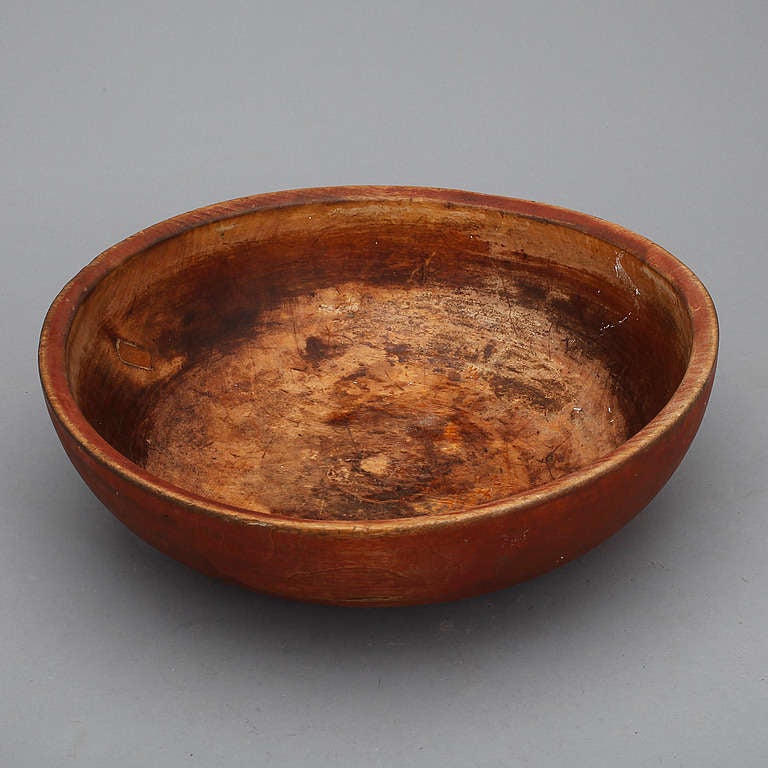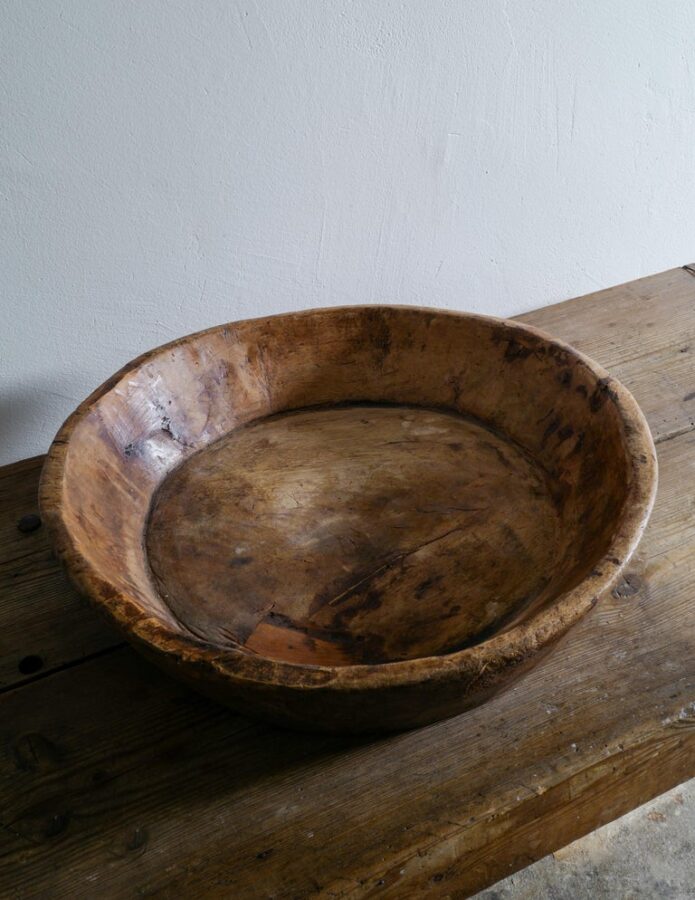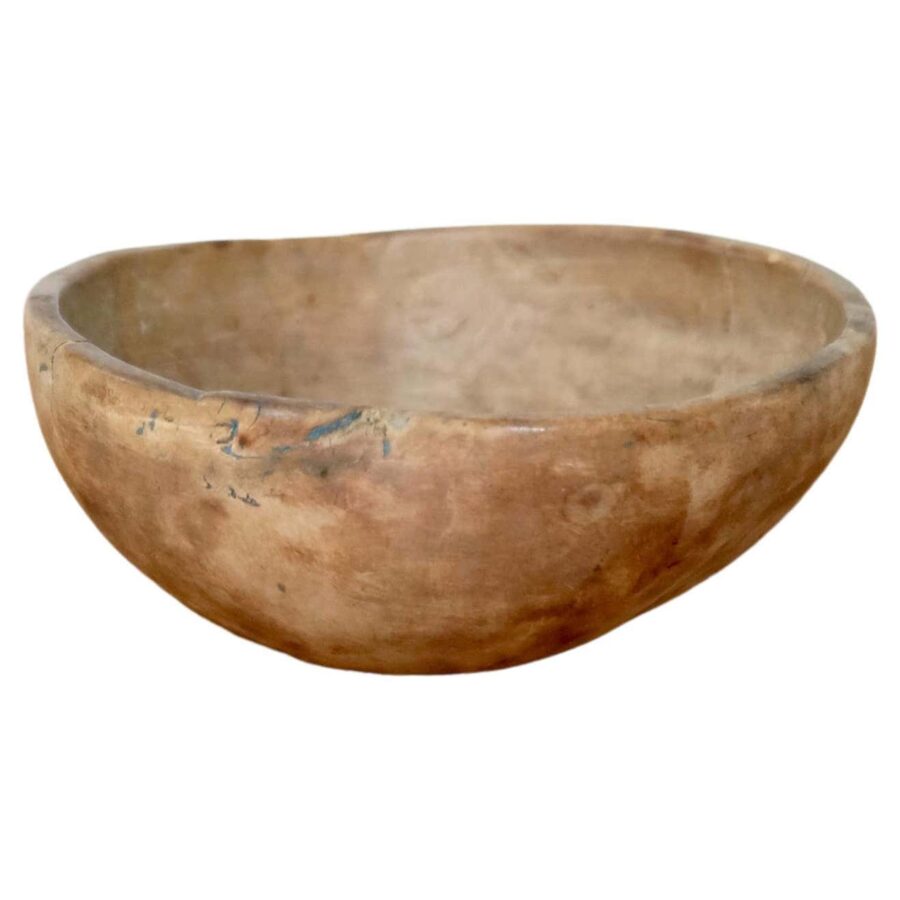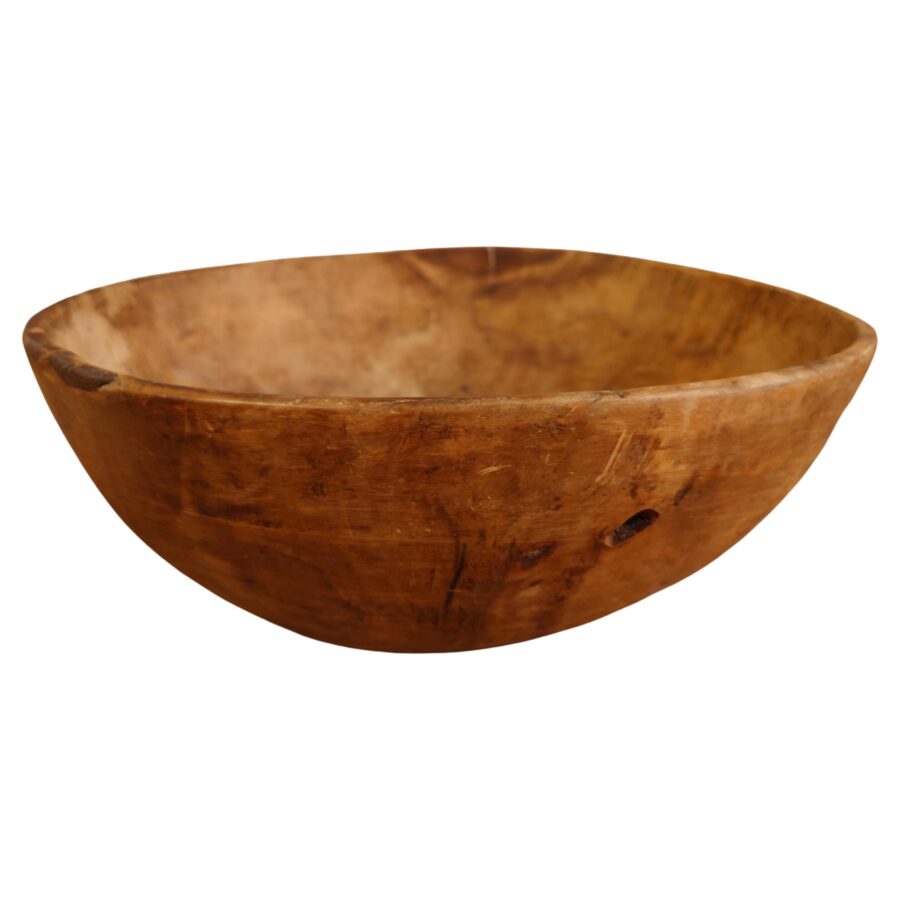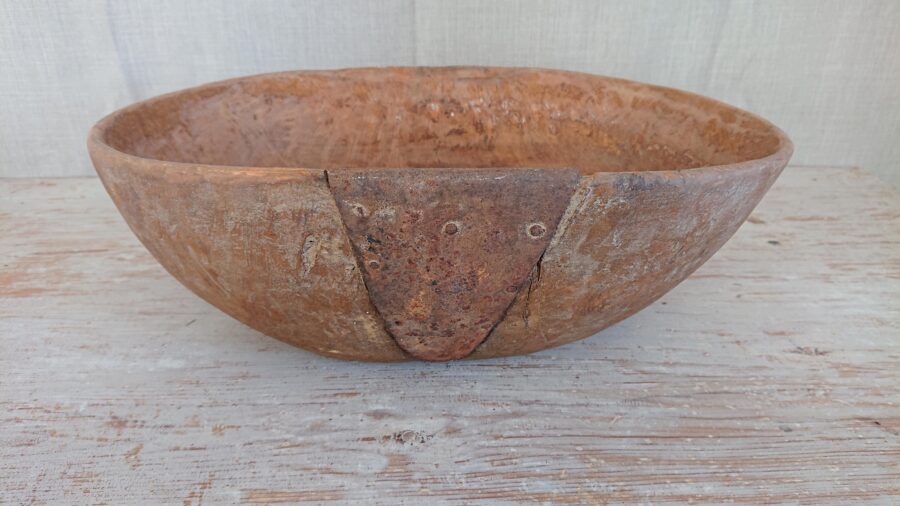Bowl-Carving for Buddhists 2025
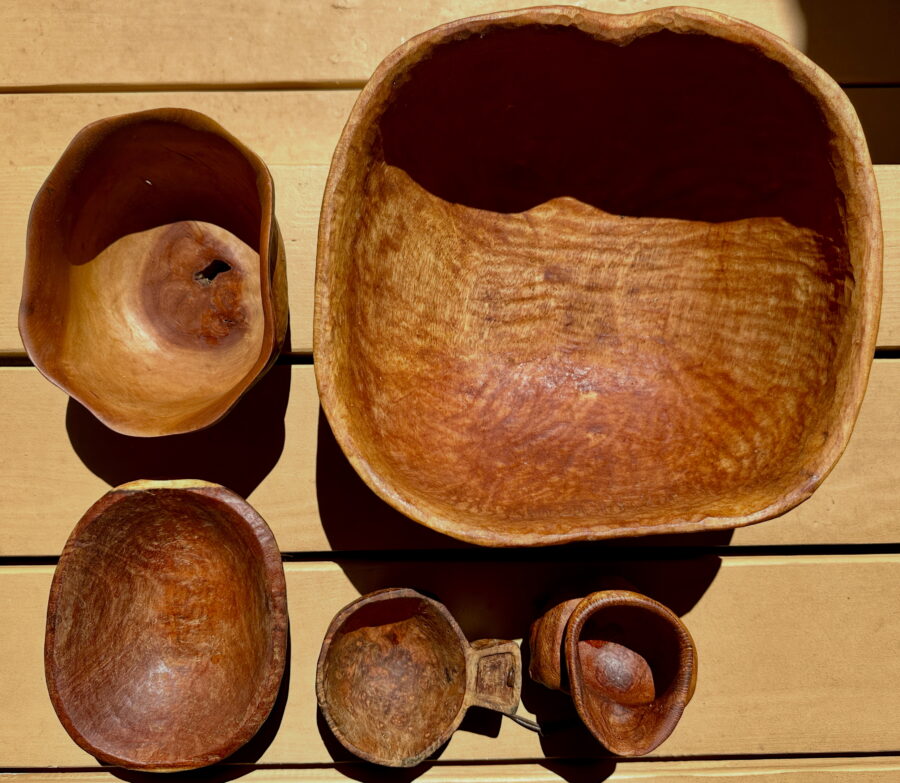
ZOOM LINK HERE for the Monday Sessions 3pm Hawaii / 5pm Pacific / 8pm Eastern
Class Recordings:
Class 1 recording LINK : 10/20/25
Class 2 recording LINK: 10/27/25
Readings:
HERE is an essay I wrote a few years back getting into the places of conjunction and tension between my Buddhist practice, Marxist practice, and spoon-carving practice! (It looks like there is a paywall but it is not real)
Here is a short parable from an elder from the island of Molokai that has Naomi shared with us:
“Each child born has at birth, a Bowl of perfect Light. If he tends his Light it will grow in strength and he can do all things – swim with the shark, fly with the birds, know and understand all things. If, however, he becomes envious or jealous, he drops a stone into his Bowl of Light and some of the Light goes out. Light and the stone cannot hold the same space. If he continues to put stones in the Bowl of Light, the Light will go out and he will become a stone. A stone does not grow, nor does it move. If at any time he tires of being a stone, all he needs to do is (huli) turn the bowl upside down and the stones will fall away and the Light will grow once more.”
~Kaili’ohe Kame’ekua of Kamalo, Moloka’i, 1816 -1931 of the Mo’o Clan of Moloka’i, which traces its roots back to an estimated 800 B.C.
Instructional Videos:
stropping/honing your mora crooked knife:
(this is essentially the method I was showing in class)
I feel like we can all learn a lot from this next person! Most of the video is about sharpening a different style of knife than you all have (where you actually sharpen from inside the “hollow-ground” blade). But at minute 4:13 she explains about sharpening and honing a Morakniv – which is what you have. At the beginning she also actually explains how to modify the blade to get rid of that secondary beveled edge. You definitely donʻt need to do that, but it is something some folks do. Nevertheless, at about 5:55 she goes into the details of the stropping. She is definitely delving into a little more involved process…
Examples:
Hawaiian Umeke Laʻau:

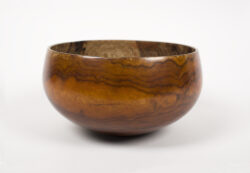

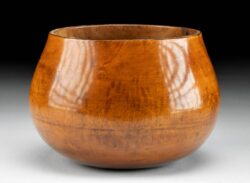
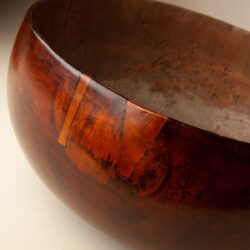
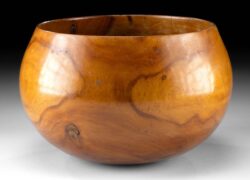
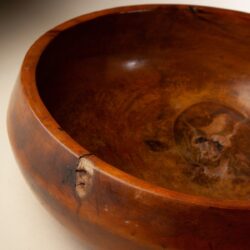

Haida Feast Bowls:
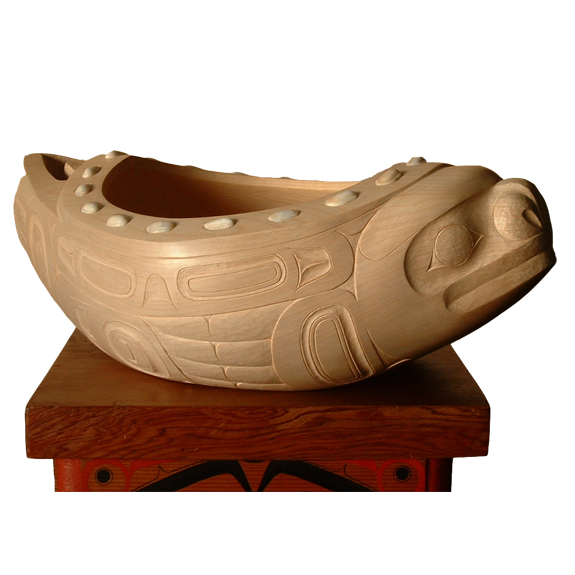
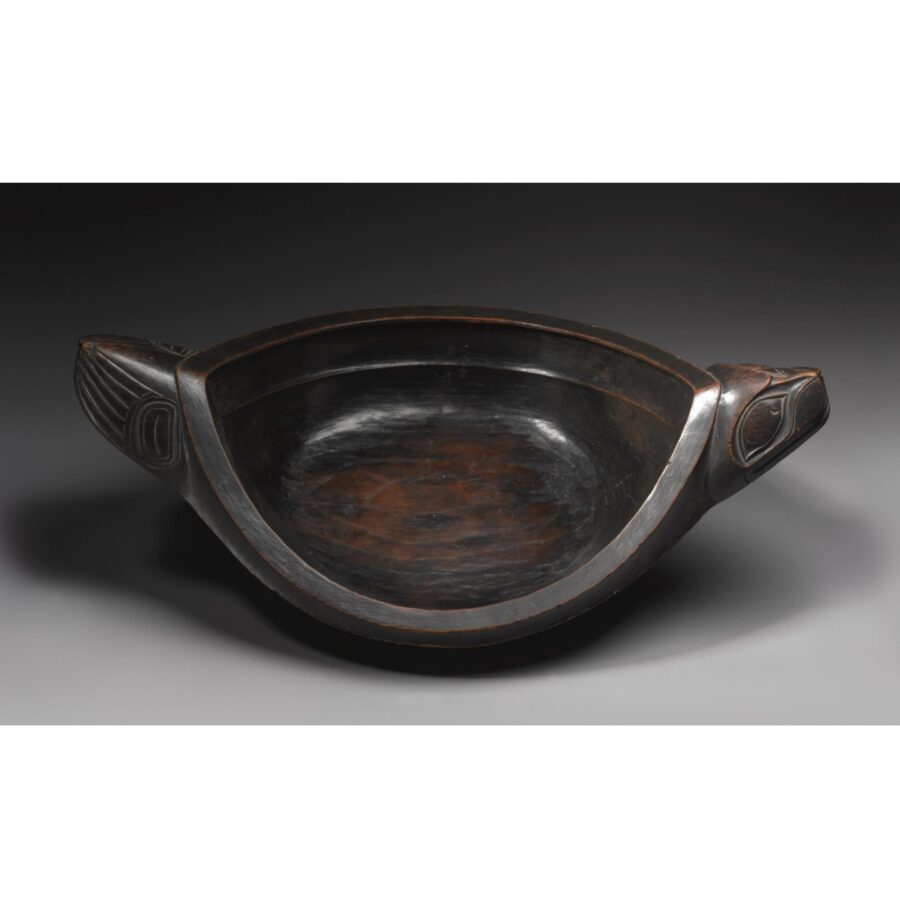
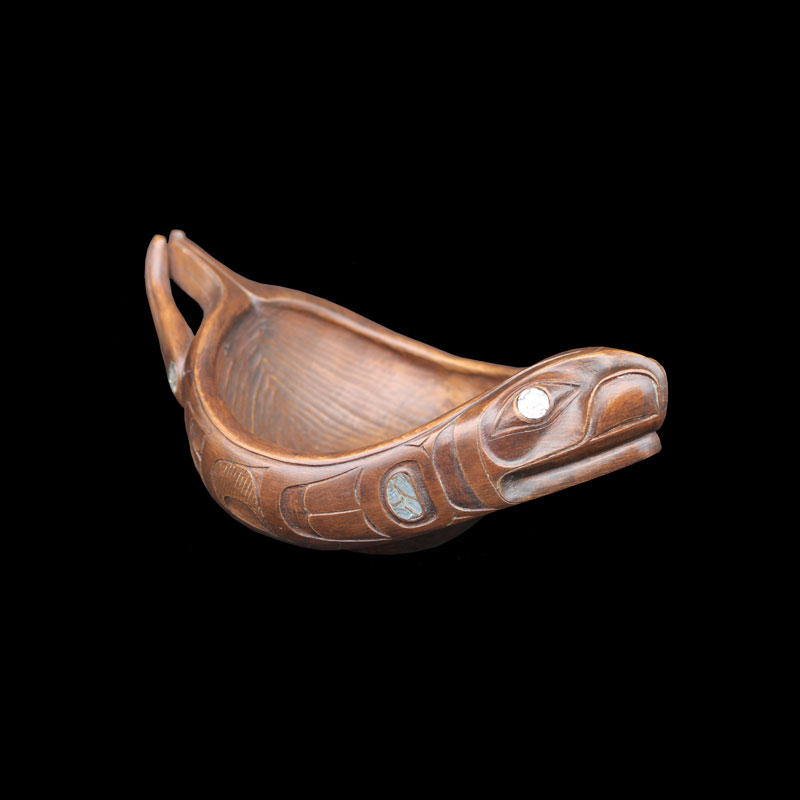
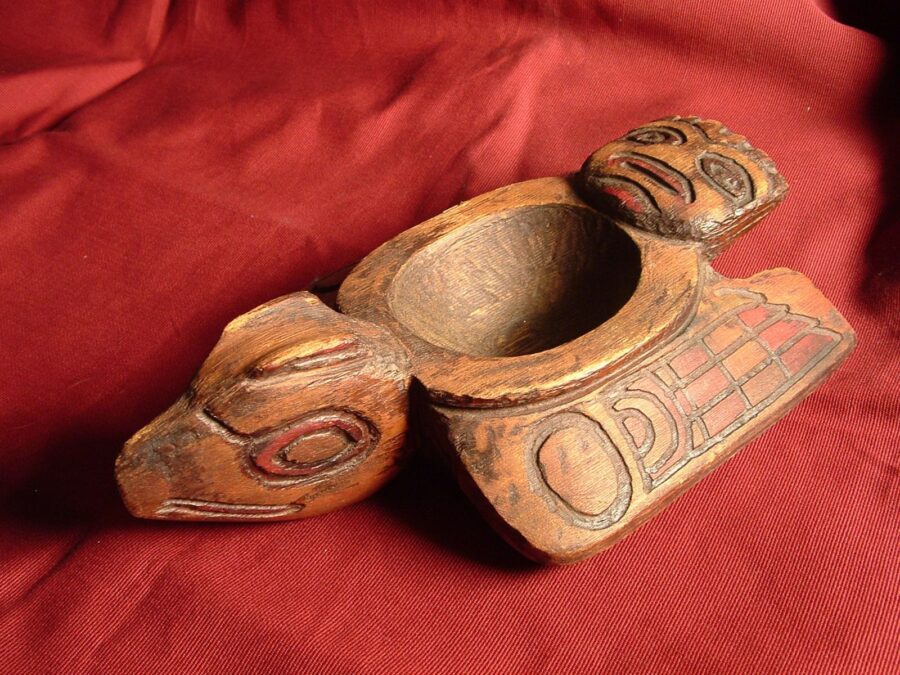
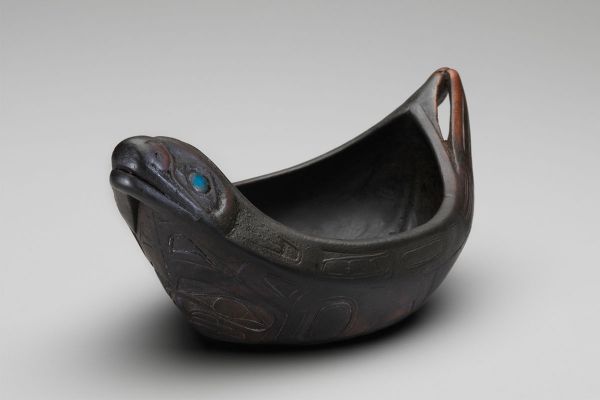
Swedish Rustic Folk Bowls:
